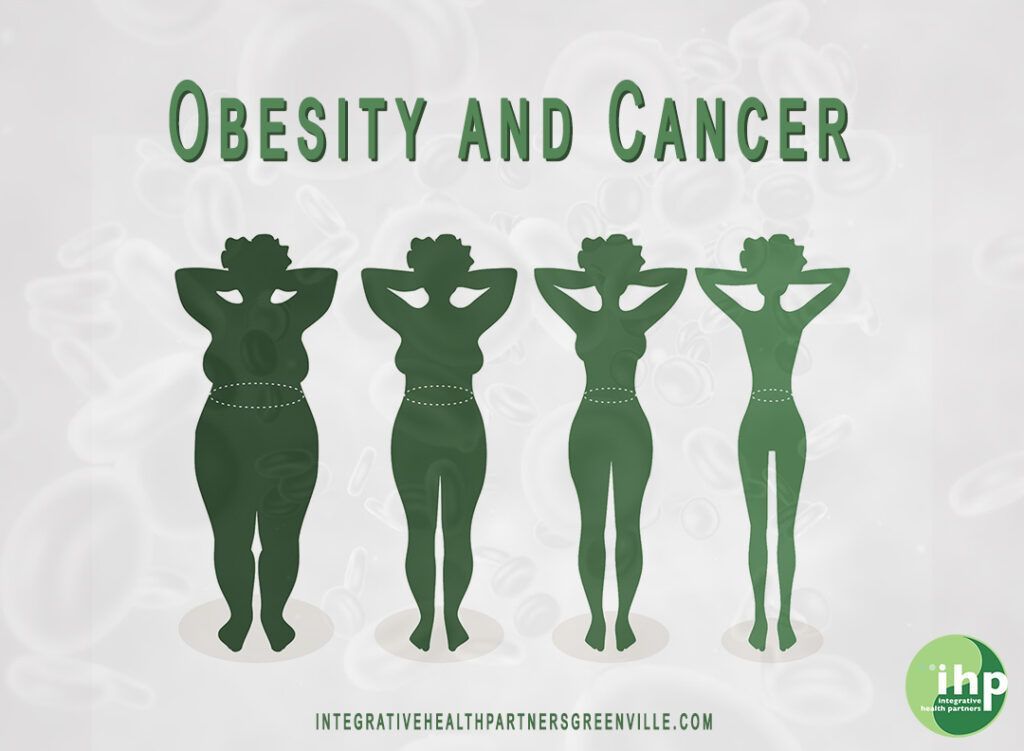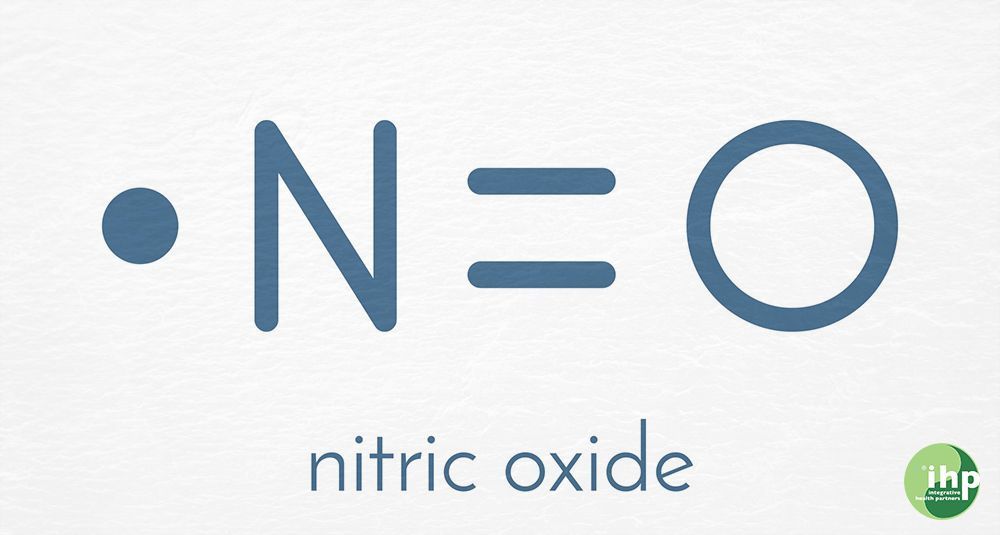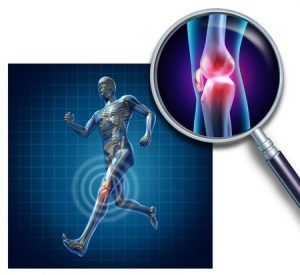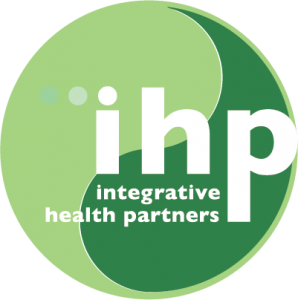Prolotherapy & Joint Pain
As evidence of the dangers of chronic use of corticosteroids and NSAIDs mounts, many pain sufferers are looking for other options that can bring permanent relief. Many of these are running across Prolotherapy in their web search, yet much mystery and misunderstanding still surrounds this very effective treatment modality. In this article I’d like to help clarify “how” this procedure works and “why” someone might benefit from it.
First, all pain is nerve pain, that’s how we feel anything. Nerves send signals to the brain that something is wrong in an area and the brain interprets the information, and, viola, we feel pain. So if you have pain, a nerve is being hyper-stimulated somewhere. There are nerves everywhere in our bodies like a web of sensors. If we felt all the sensations our nerves were sending our brain we would go crazy. And in some rare cases people do go crazy when the brain can’t filter out what’s important from what’s not. Under normal conditions the brain prioritizes what nerve signals to pay attention to and which ones to ignore. If you’ve ever had a chronic nagging pain that you lived with every day but then you slammed your finger in the kitchen cabinet door or (your painful situation here) then you know that all your attention went to that acute trauma and you forgot about your chronic situation for a while. This is the brain’s pain prioritization at work.
Outside of an acute trauma where you cut yourself or fell off a roof, the pain we are discussing here is chronic pain, and most chronic pain is joint pain. Knee pain, shoulder pain, and back pain are all joint pain. Since we don’t think of the back as “joint” we might not initially perceive it as such but all those vertebrae interfacing with each other constitute a joint and you can have pain at any of them. That’s why some people have neck pain and others have low back pain, the nerves associated with the vertebrae at that level are in some way being hyper-stimulated. The way nerves at joints get hyper-stimulated is typically due to joint misalignment. Your bones are supposed to fit into the joint in a specific way. If they aren’t aligned correctly then the sensory nerves inside the joint are going to tell your brain about it. It is the brain’s job to tell muscles and connective tissue to correct their tension so that the joint goes back to proper anatomical position. But if that doesn’t work, then the signal gets louder. That’s why if we ignore small pains they typically don’t go away on their own but get louder. So the muscles play a roll in proper joint alignment and therefor in chronic joint pain. This is why massage therapy sometimes can help with chronic pain.
But muscles are not really designed nor intended to be the primary control over joint alignment. That role goes to ligaments, a specific type of connective tissue. The word ligament comes from the Latin word that means “to bind” and that’s what ligaments do, they bind bone to bone. The primary job of ligaments is to maintain the integrity of a joint and that’s how our entire skeletal system is held together for our entire life. But when the ligaments get weak, a condition medically referred to as “ligament laxity” (think: old rubber band) the joint can’t be held in its proper alignment. Consequently, a nerve signal is sent to the brain making it aware of the condition. This is early stage joint pain that often gets filtered out because we are busy focusing on other things in our day to day life. But if the joint continues to move around more than intended, the cartilage that lines both faces of the intersecting bones gets damaged, resulting in inflammation which in turn promotes more “help!” signals sent to the brain. If nothing is done about this alignment situation (NSAIDs aren’t a fix, just a mask), over time it will continue to get worse until you get the dreaded “bone on bone” diagnosis.
Ligaments can get weak either through acute trauma (e.g. falling off a roof, etc) or through chronic degeneration. The latter we generally refer to as “aging”. But a lot of so called normal aging is only “normal” because that’s what we observe all around us and is therefor perceived as the “norm”. There are things, however, you can do to help prevent or repair ligament weakness. Exercise is one but it is often more of a preventative medicine because once you are in pain exercise can just cause more. We’ve already mentioned muscular therapy in the form of massage, and there is also nutritional therapy. This is the basis of all the ads for supplements to help relieve pain, many of which provide building blocks for joint repair. Condroitin is a popular one though I find MSM works better for most people and is good for more than just joint pain. It used to be that humans ate “nose to tail” and in doing so got a lot of collagen in their diet. Today we tend to get a lot of boneless/skinless nutrition and don’t get the collagen our ancestors got. So is it any mystery why we are a nation where chronic pain management comprises a huge part of our medical system? I have seen a lot of my patients start taking collagen and eliminate a lot of their pain (as well as have better skin, hair and nails ; )
Regarding Chiropractic, to be clear, I am not opposed to chiropractic. After all, skeletal joint manipulation has a thousand year history in Chinese Medicine; it has a place and may be the only thing a pain sufferer needs to do. However, manual joint realignment can not fix ligament laxity and may even make it worse if the cause of the ligament deterioration is not corrected. And sometimes even all of the above is not enough to completely relieve joint pain.
Enter Prolotherapy!
Although this word is now used to cover multiple treatment modalies, all of them are injection based and all have the goal of proliferating the growth of ligaments or tendons (the ends of muscles that bind muscle to bones). So prolo-therapy is a term that can be applied to any approach who’s end goal is to proliferate the growth and repair of tissue. The injections are given at the site of injury directly into the tendon or ligament attachment. It promotes tissue growth by creating a slight injury, which acts as an irritant, which sends a lot of nerve signals to your brain telling it to wake up and direct your immune system to massively go to this spot and fix the problem. This process stimulates the creation of new collagen and elastin fibers in the joint capsule, which then acts like shrink-wrap to pull the joint back into proper alignment, leaving you with a stronger more resilient joint. This process works well for many people, even “bone on bone” cases where most X-rays show only partial cartilage deterioration.
In addition to providing this service I have also personally received it for numerous prior injuries and obtained great results. So for all the rest of you “Boomers” who are getting along in age and want to stay active, I encourage you to explore how this treatment modality might help. I have seen many patients avoid what had been diagnosed as “unavoidable joint surgery”. Contact us if you’d like to learn more about this effective option for your pain.






